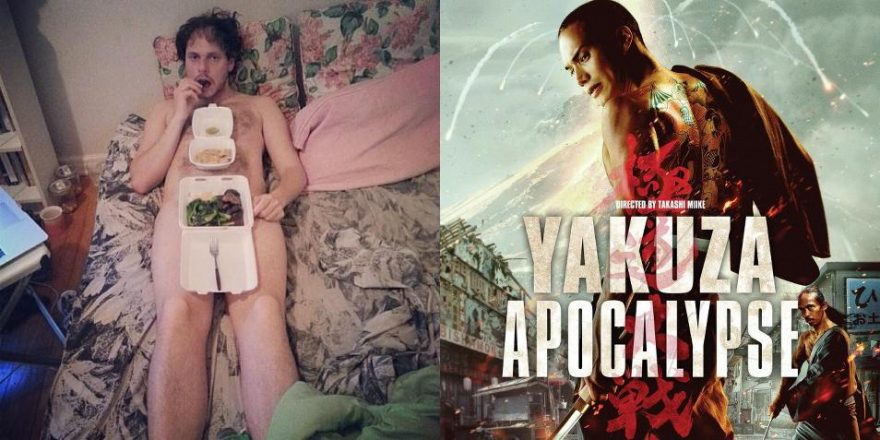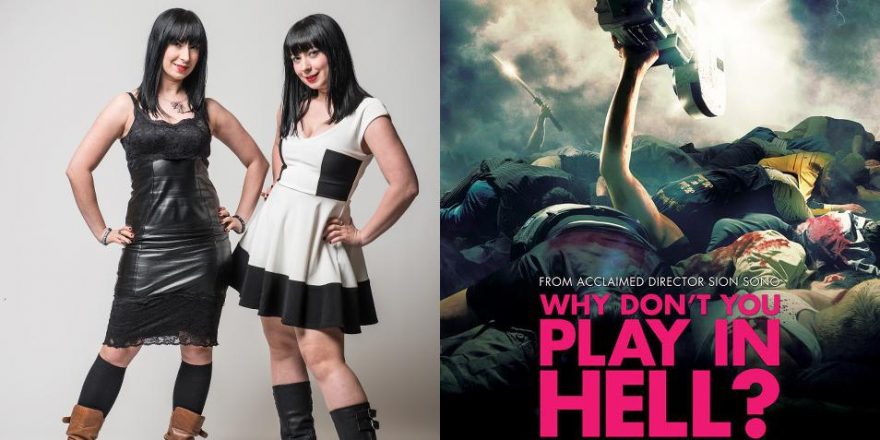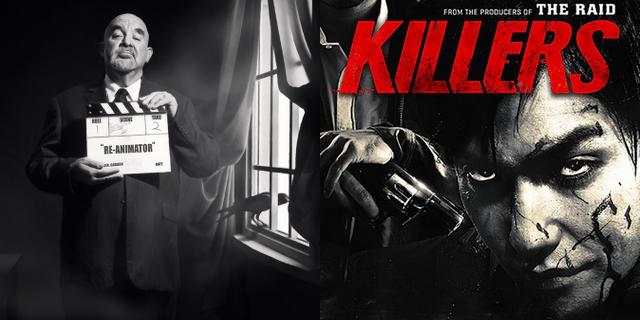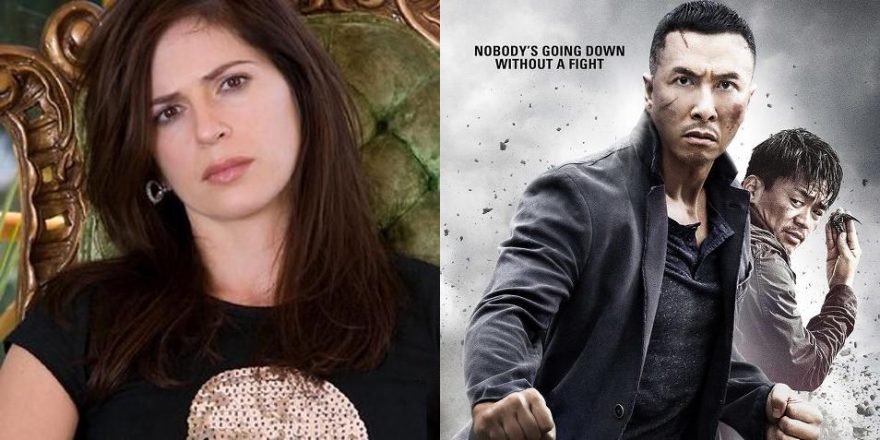In 2007, I started writing what would become my first feature film, 0s & 1s. Five years later, after a slew of logistical and financial struggles (aka normal first movie shit), I finally finished it. In that same time period, according to IMDb, Takashi Miike directed 12 movies. WTF?! I’ll cut myself some slack and admit my project was overwhelmingly complicated, but it’s not as if Miike’s out there making simple “point-and-shoot slices of life” or “festival-approved slow cinema.” Each one of his movies is filled to the brim with narrative surprises and bold formal gestures… and there are nearly 100 of them as of this writing.
In 2008, shortly before going into pre-production, I saw a sliver of Miike’s work at the Cinefamily, a repertory theater that was just finding its footing in L.A., and had selected a Miike mini-retrospective as one of its first programs. Each of the double-feature screenings had less than 10 people in the audience and a faintly monk-like air to them, but not because the films are “meditative.” At least the films I saw weren’t. “Hypnotic” or “entrancing” I could buy, but really it’s more akin to “assaultive” and “schizophrenic.” I think the reverence was for the extreme nature of the imagery and our shared knowledge that we were watching just one of 90 films by this artist. Many of which we’d never see.
In all honesty, I prefer to avoid context when it comes to figuring out what I love about a piece of art. Still, I’ve always been a sucker for impressive stats. Whether it’s The Fall, Andy Warhol or Philip K. Dick — I know one of the reasons why I fuck with the material is because it’s part of a vast oeuvre. And I don’t think I’m alone in this, as fans of Lil B or Tim and Eric will attest to. Obviously it has to hit other sweet spots too, but the fact that someone’s toiled away furiously then tossed it off and moved on to the next one, will always inspire me. Especially so with a filmmaker, because I know how labor-intensive, complex and collaborative making a movie is. So seeing masterpieces like Audition or Gozu on the big screen is energizing. Those are films from Miike’s late-1990s/early-2000s period, when he was making around five a year! Talk about energy. That tops even peak-Fassbinder levels.
So here we are in 2015 with the release of Yakuza Apocalypse and it’s only Miike’s second film of the year. At this rate, who knows if he’ll even hit three before 2016 rolls around. I’m shocked, and since I haven’t seen anything since 2010’s on-point samurai epic 13 Assassins, I’m hoping a slow-down doesn’t mean a fade. Yet if any filmmaker in the world is well equipped to concoct the apocalypse, it’s Miike. His depictions of the grotesque and supernatural in films like Ichi the Killer and Visitor Q sit right up there with the work of Hieronymus Bosch and Albrecht Dürer. In fact, maybe the artist Miike most resembles is Goya, whose dark absurdity exposes the fraudulence of society and the horrors of the psyche. Not to mention that if ever there was an event worthy of a maximalist like Miike, it’s the “end of times.” Which, unfortunately, isn’t really what we get in this film.
Instead, a more accurate title might have been Small-Town Vampire Infestation. Sorry to ruin that for you, but I can understand where he’s coming from. Yakuza Apocalypse feels like the right title, even though it doesn’t fully make sense. And that’s the Miike storytelling ethos in general. His films, including this one, aren’t about the coherence of the plot, but more about TFW (that feeling when…). TFW everything is just hurtling forward with the film’s own internal logic. TFW you cut from an intense swordfight to a lonely woman sewing in an attic. TFW you go from a tender post-rape scene in a hospital to a father about to behead his suicidal son. These things just seem like cool moments and the only reason they’re connected is because Miike intuits that they should be. And, for the most part, that’s enough. Because even if plenty of scenes don’t entirely make sense, they’re all extremely visceral — funny, gruesome, violent, crazy, new. Miike’s images resonate in this film, because people are getting destroyed and then saved for the camera, one intense vampire bite after another.
If you couldn’t tell by now, I hate it when people give away too many plot points or evoke too many iconic moments. Suffice to say, there are a lot of both in this film. And like me, I’m sure you’ll be glad you don’t know what’s coming as the movie unfolds. Its surprises are a major part of its charm. Surprises that Miike’s able to concoct with his attention to detail. I bet whatever allows him to be so prolific, also works on a micro level — as his meticulous selection of costumes, sets and practical effects always reveals. Take his very specific technique for how to kill a Vampire Yakuza: shoot him with a double-action electricity shotgun that you pull out of your mini-coffin backpack, then twist his head counterclockwise six times and it should come right off.
The fact that the Vampire Hunters are the villains here, gives this murder the exact opposite feeling you get when a bloodsucker gets offed in a normal “vampire” film. One thing you master when you’ve made so many films is how to mess around with genre. That maybe is one of Miike’s greatest contributions to modern cinema: throwing a bunch of different genre signifiers into one freewheeling package and shuffling them around until he gets the tones he wants. It’s something I’ve been trying hard to do over the last four years with as many movies as possible (three), because I know that practice makes perfect. Still not churning them out at a Takashi Miike pace, but holding out hope because of one other little stat I know: Miike didn’t make his first film till he was 31.








